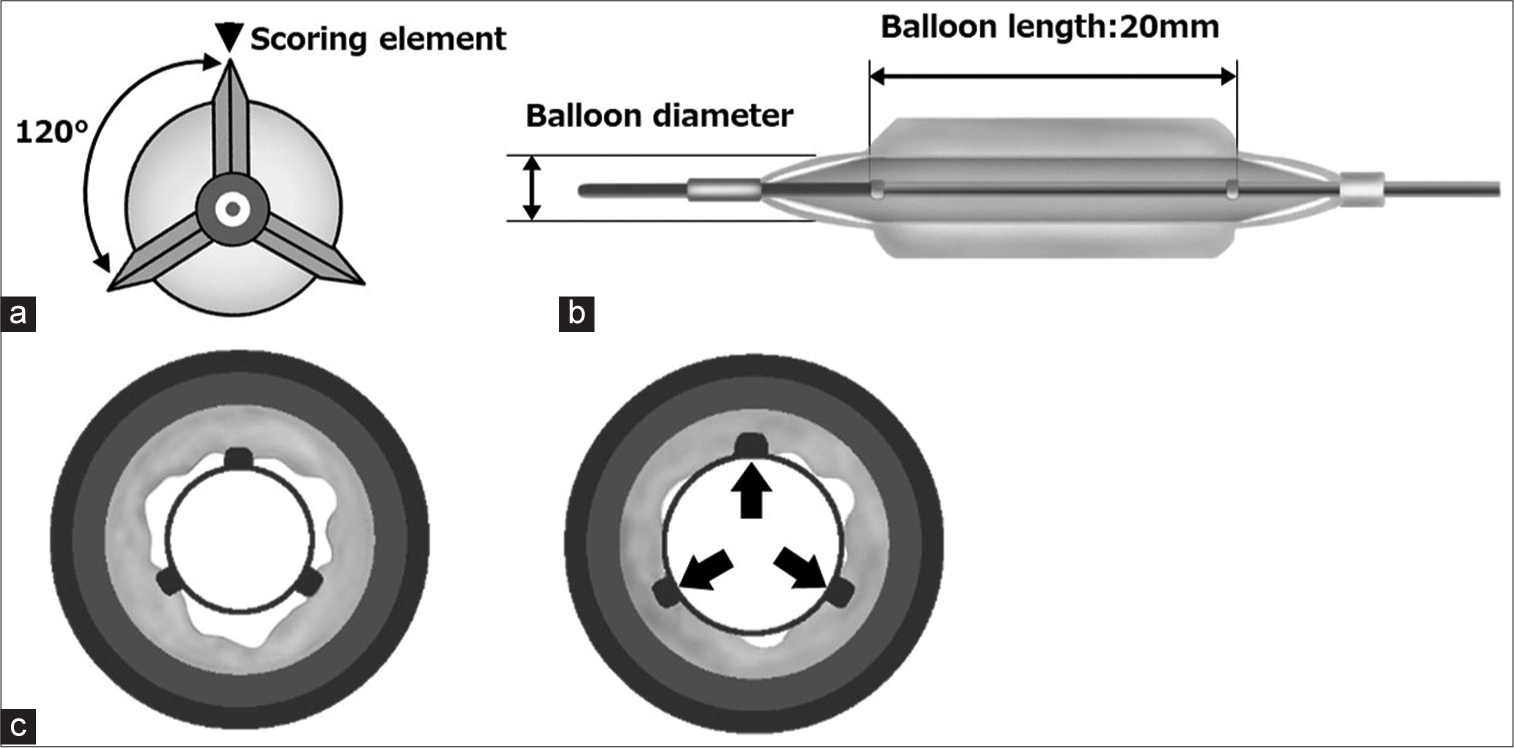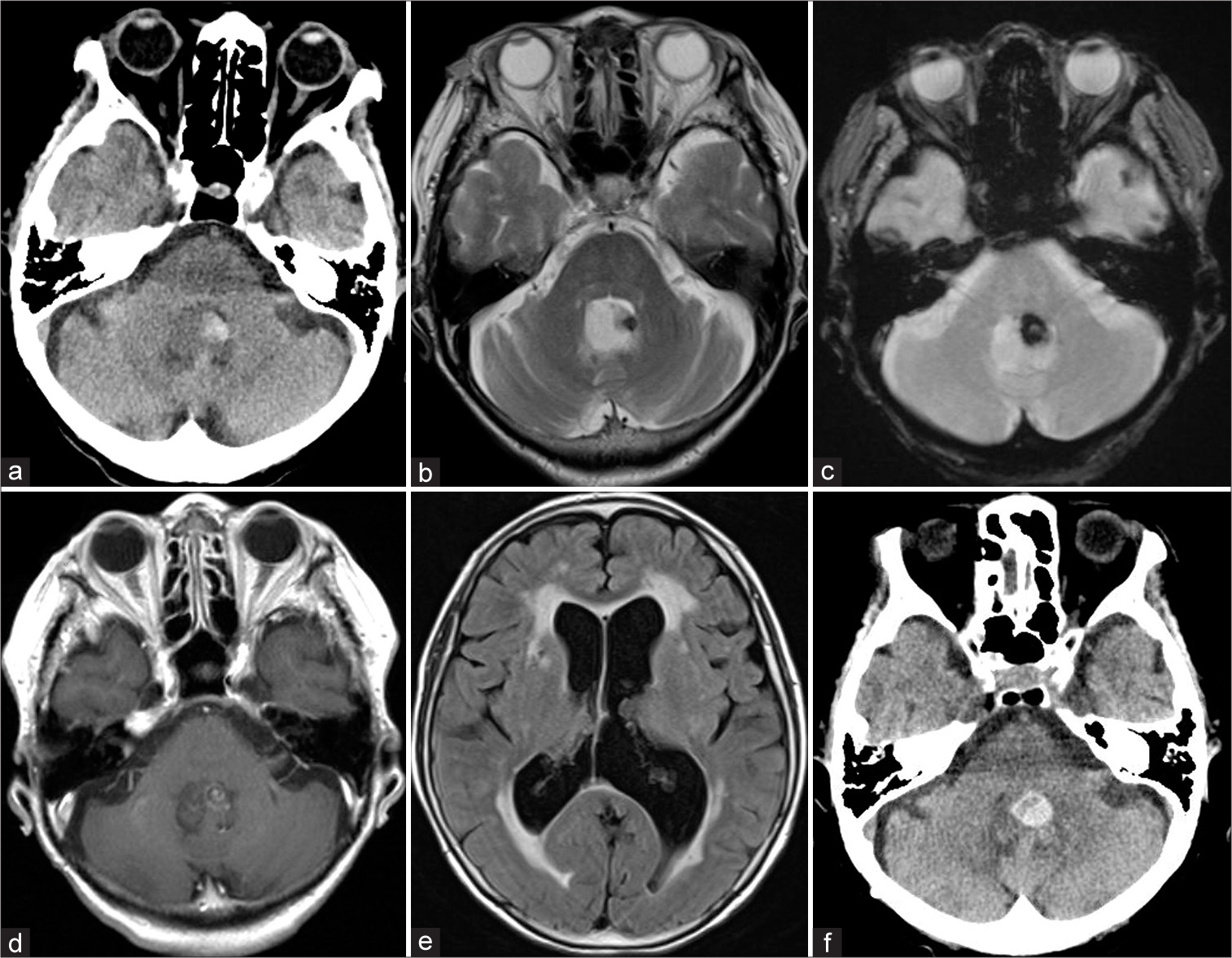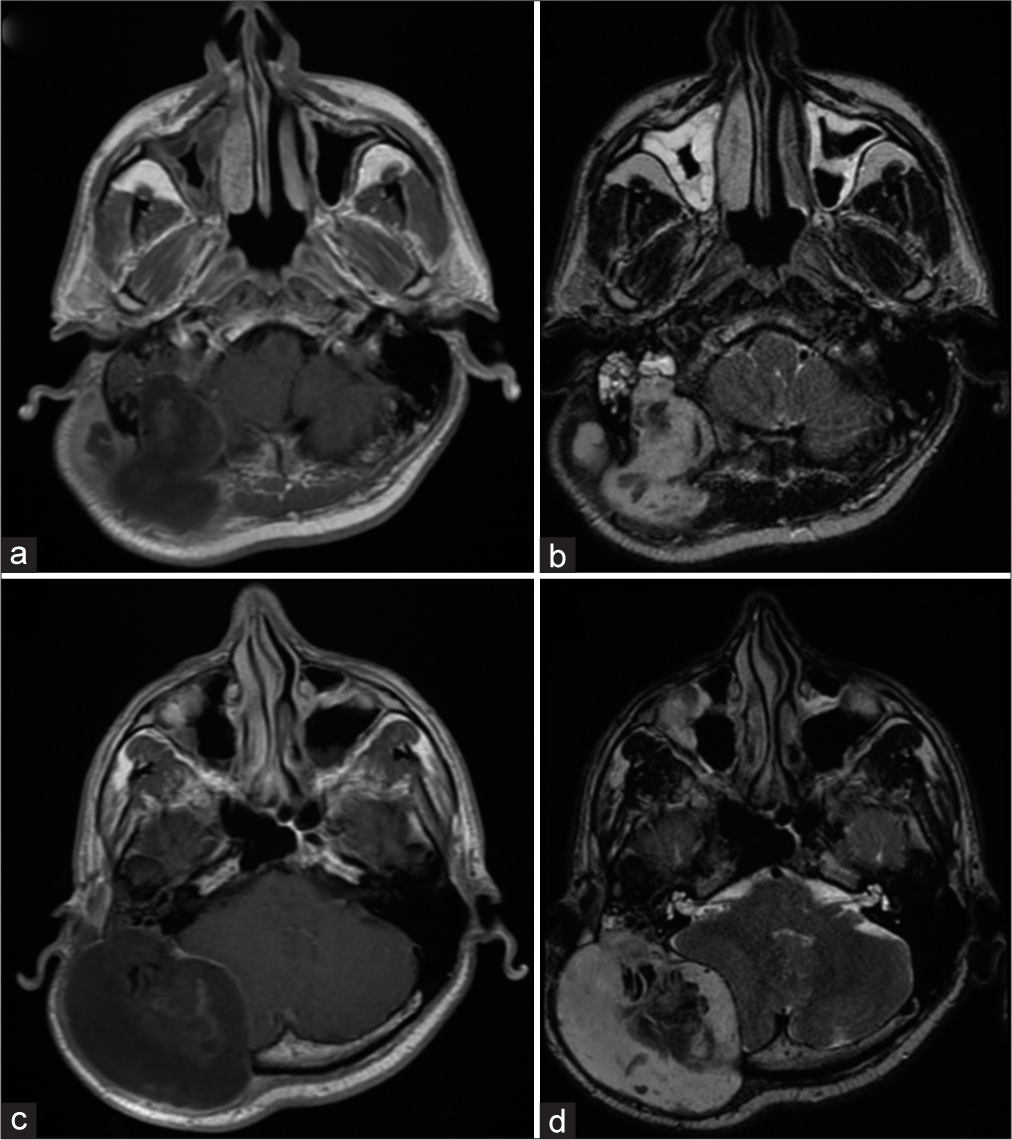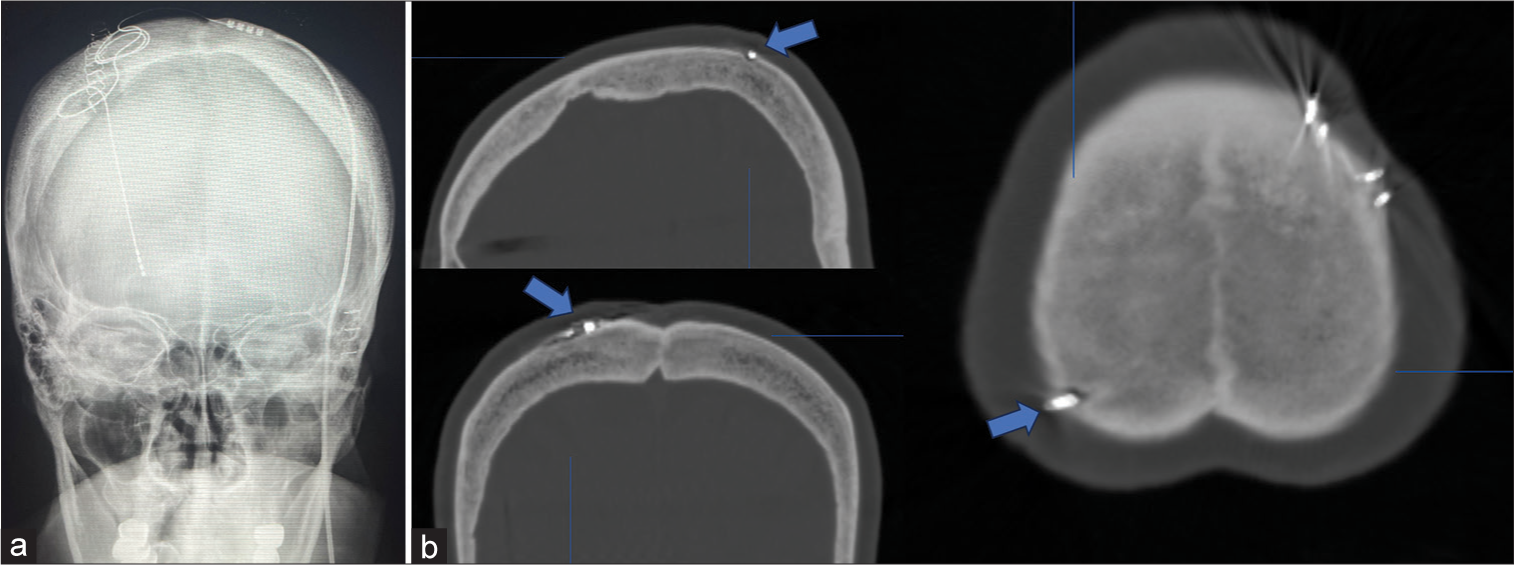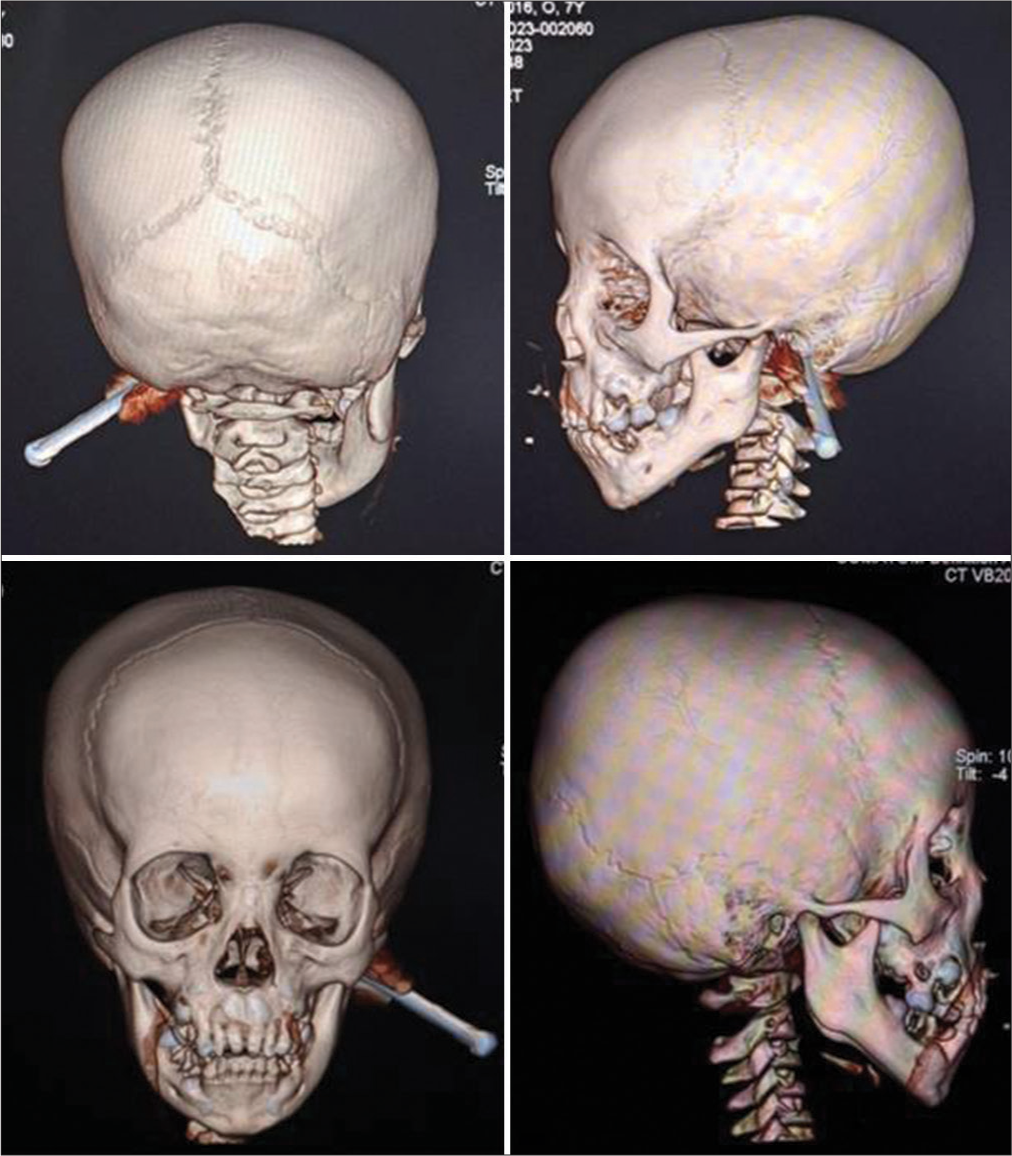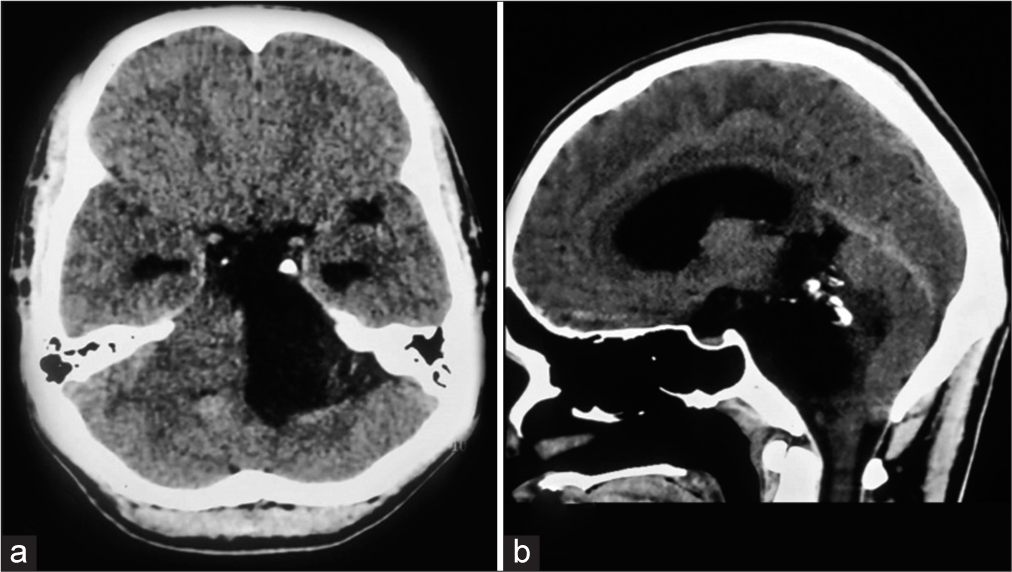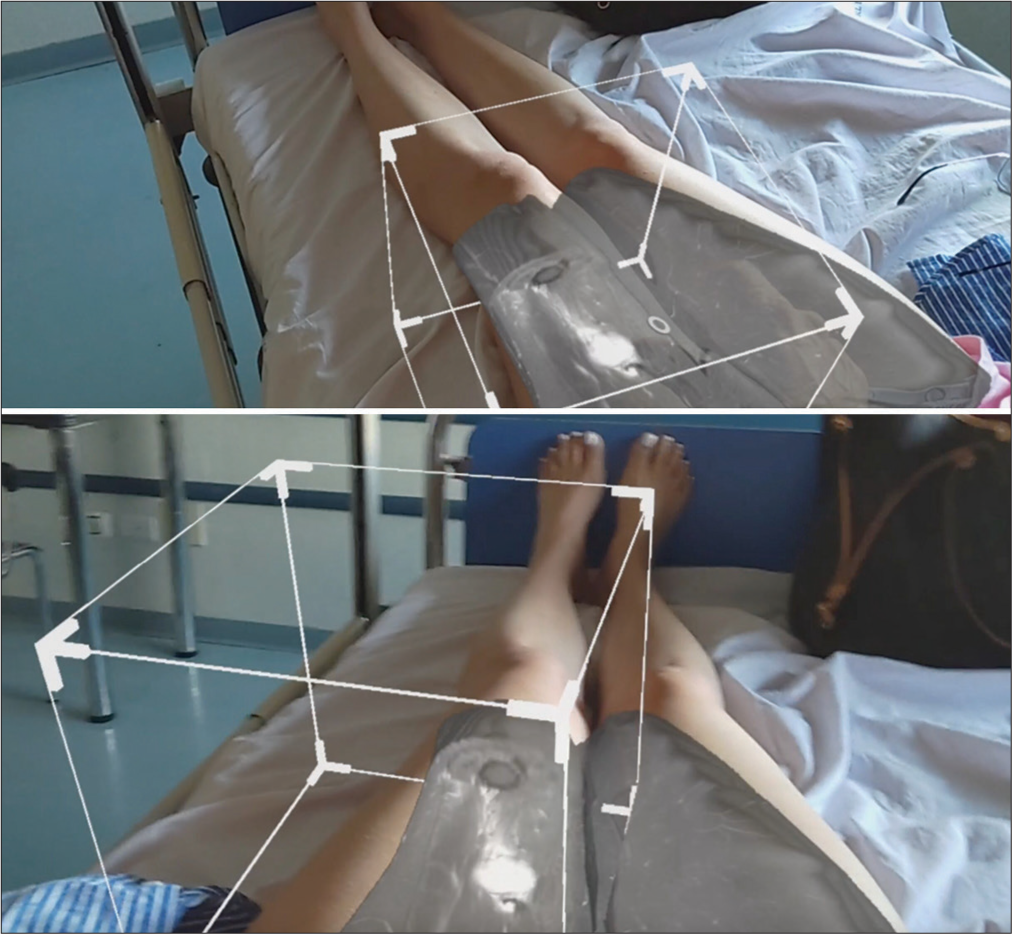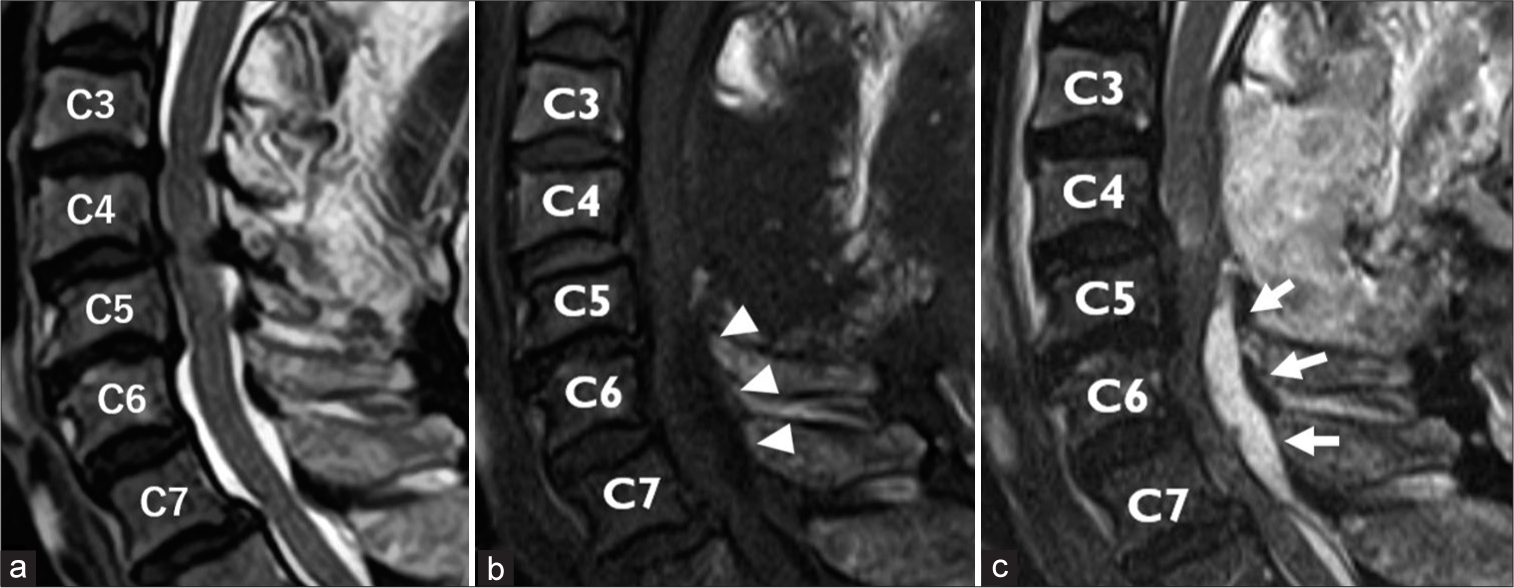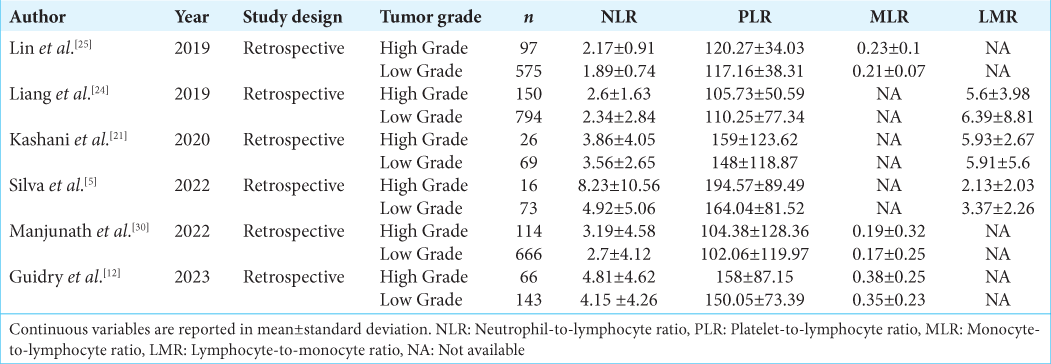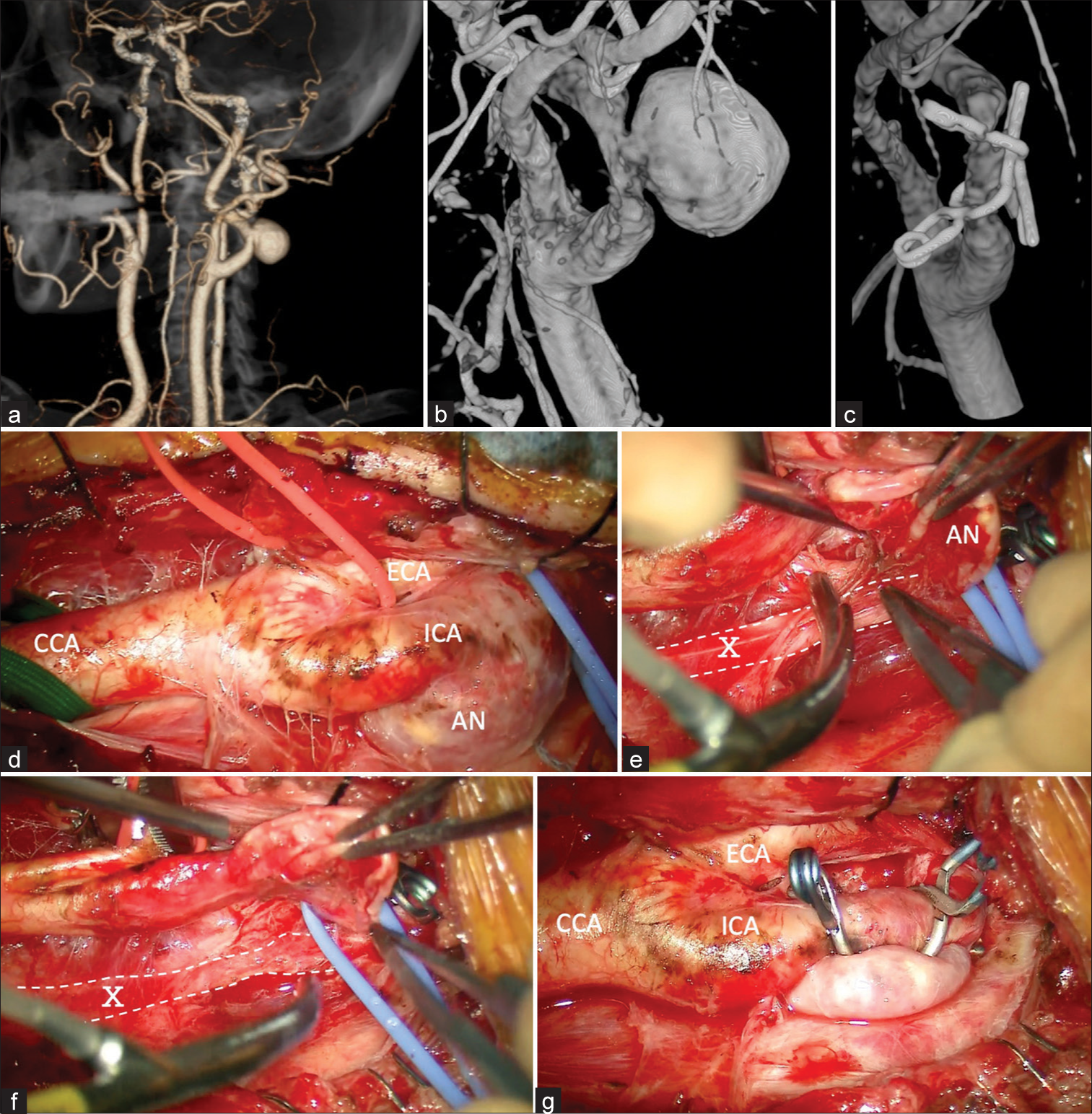Usefulness of non-slip element percutaneous transluminal angioplasty scoring balloons in treating severe calcified lesions of the carotid artery for carotid artery stenting: A case report
Date of publication: 15-Mar-2024
Background: Treatment of calcified lesions with conventional angioplasty balloons can be difficult due to insufficient lumen expansion, high dissection rates, and repeated revascularization. We report a case in which a scoring balloon was used in lesions resistant to angioplasty with a semi-compliant balloon.
Rare vermian pilocytic astrocytoma with recurrent spontaneous hemorrhage in the elderly: A case report and review of literature
Date of publication: 15-Mar-2024
Background: Pilocytic astrocytoma (PA) is a benign glial tumor predominately seen in pediatrics and early adolescence with associated overall good outcomes. Very few cases of elderly PA have been reported in the literature, and they are known to display unique anatomic, histologic, and genetic peculiarities distinct from pediatric disease. We report a rare case of vermian PA in an octogenarian with recurrent spontaneous intratumoral hemorrhage as a presenting symptom. Furthermore, a review of the literature on the peculiarities of PA in the elderly will be discussed.
Temporal bone squamous cell carcinoma: Aggressive behavior coursing with cerebellar invasion and hydrocephalus
Date of publication: 15-Mar-2024
Background: Temporal bone squamous cell carcinoma (TBSCC) is a very rare condition. The prognosis is dismal for advanced tumors. Due to its rarity, information in the literature is scarce. Here, we report a unique case of TBSCC with cerebellar invasion and hydrocephalus.
Asymptomatic cable twisting in a patient with impending Twiddler syndrome detected during deep brain stimulation surgery for Parkinson’s disease: A case report
Date of publication: 15-Mar-2024
Background: Deep brain stimulation (DBS) has consistently demonstrated high efficacy and safety in patients with Parkinson’s disease. Twiddler’s syndrome is a rare occurrence of hardware failure in patients undergoing neuromodulation. We report here a case of subclinical cable twisting jeopardizing Twiddler’s syndrome in a patient with Parkinson’s disease who underwent DBS surgery targeting the globus pallidus internus (GPI).
Transmastoid pediatric penetrating brain injury, interdisciplinary, and tailored patient’s treatment
Date of publication: 15-Mar-2024
Background: Pediatric penetrating brain injuries (PBIs) are rare but critical traumatic events, often involving foreign objects. This report will emphasize the clinical presentation, diagnosis, and treatment strategies for pediatric PBI cases.
Remote supratentorial intraparenchymal bleed after posterior fossa surgery: A rare occurrence
Date of publication: 15-Mar-2024
Background: Intraparenchymal hemorrhage at the operative site is one of the major complications of brain surgery. It is unusual to occur at a site remote from the operative site, but when it happens, it may cause significant morbidity and mortality.
Assessing the impact of mixed reality-assisted informed consent: A study protocol
Date of publication: 15-Mar-2024
Background: Informed consent is a crucial aspect of modern medicine, but it can be challenging due to the complexity of the information involved. Mixed reality (MR) has emerged as a promising technology to improve communication. However, there is a lack of comprehensive research on the impact of MR on medical informed consent. The proposed research protocol provides a solid foundation for conducting future investigations and developing MR-based protocols that can enhance patients’ understanding and engagement in the decision-making process.
Acute cervical epidural abscess with concurrent calcium pyrophosphate deposition after cervical spinal surgery: A case report
Date of publication: 15-Mar-2024
Background: Spinal epidural abscess (SEA) is a rare condition that may result in catastrophic outcomes. On the other hand, calcium pyrophosphate (CPP) deposition disease (CPPD) causes inflammatory arthritis. Spinal involvement of a crystal-induced inflammation caused by CPPD is also common. Surgery is a common risk factor for both SEA and CPPD; however, the postoperative acute onset of SEA complicated with CPPD is extremely rare.
The role of preoperative hematological inflammatory markers as a predictor of meningioma grade: A systematic review and meta-analysis
Date of publication: 08-Mar-2024
Background: Inflammatory processes play an important role in the aggressiveness of a tumor. However, the relationship between inflammatory markers in meningioma grade is not well known. Knowledge of preoperative meningioma grade plays an important role in the prognosis and treatment of this tumor. This study aims to assess preoperative hematological inflammatory markers as a predictor of the pathological grade of meningioma.
A technique for reconstruction of a giant extracranial internal carotid artery aneurysm: A technical note
Date of publication: 08-Mar-2024
Background: Surgery is effective for extracranial internal carotid artery (EICA) aneurysms. However, the risk of cranial nerve injury associated with surgical repair, such as graft-assisted resection and extracranial-intracranial bypass techniques, is relatively high. Here, we report two cases of surgical treatment for EICA aneurysms and describe the surgical techniques and strategies to avoid cranial nerve injury.


